Licorice, Official (Glycyrrhiza glabra) seeds, Organic
Price range: $4.95 through $121.10
Family: Legume (Fabaceae)
Hardy to zones 7 to 11
Herbaceous perennial native to the Mediterranean and to Russia. True, sweet variety. Traditional usage (TWM): demulcent, expectorant, flavoring agent, chronic fatigue, adrenal exhaustion, gastric ulcer. Plant prefers full sun and dry, alkaline soils. Inoculate soil with rhizobium inoculant for best results. Once established, the plants shoot up like a young willow thicket, setting erect lilac flowers that give way to the smooth pods. The part used is the stoloniferous root, which can be harvested after 2 or 3 years of growth. Plant prefers full sun and dry, alkaline soils. Scarify the seed and sow in warm, fast-draining soil. Work up in pots. Thin or transplant seedlings to 2 to 3 feet apart. Can take years to establish a good plot. This is a great crop for people in Arizona, or at elevation in California, or any other place where the weather is clear, high and hot.
Packet contains 20 seeds
1 g contains ~117 seeds
5 g contains ~585 seeds
10 g contains ~1,170 seeds
Certified organically grown

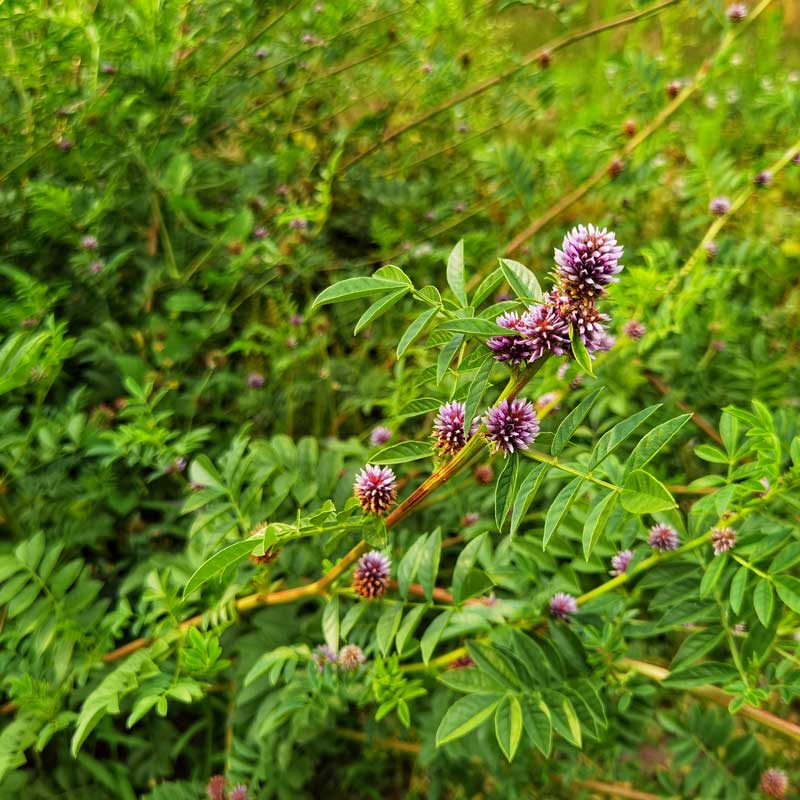
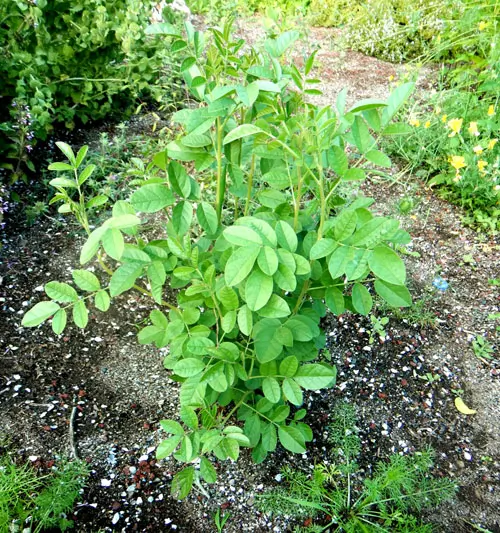
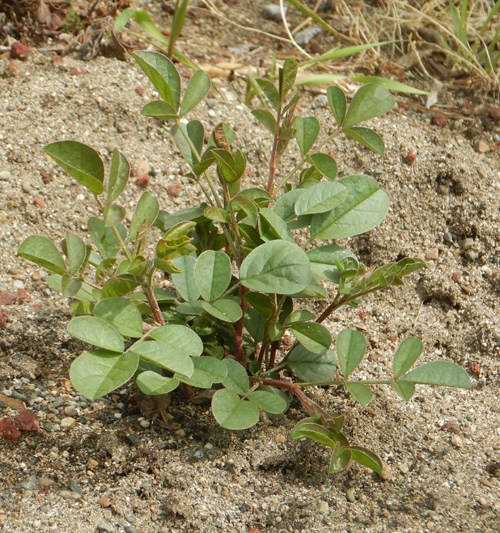
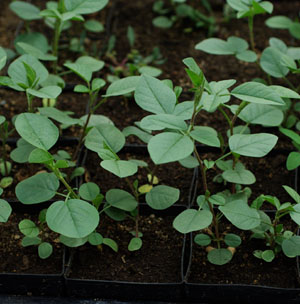

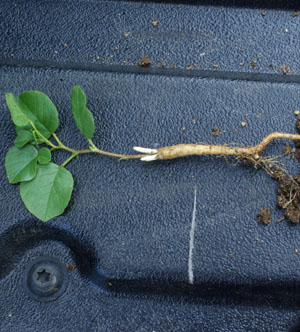
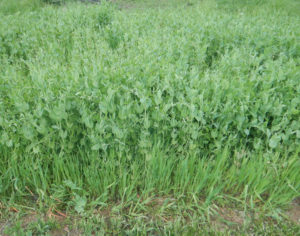


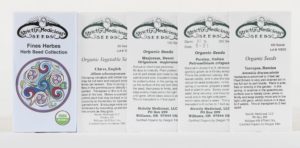
Question
Ruby Hsiao (verified owner) –
Hi, I have previously bought a 1g pack of the licorice seed here, and I would kindly like to ask if there is a cultivar name or trade name for the seed? I have seen the scientific name (Glycyrrhiza glabra) and the product lable (Licorice, Official) on the packet and the catalog, but I am not sure if there is a name I can use for recording a research. Thank you for the trouble.
Upvote if this was helpful (0) Downvote if this was not helpful (0) Watch Unwatch Flag for removal
Richo Cech –
Hello Hsiao, Thank you for contacting. For the purpose of scientific study, the Latin nomenclature (Glycyrrhiza glabra) is most useful. The common adage “Official Licorice” simply means that this is the type that is typically used in herbal medicine. Since this is a wild-derived strain, and is not altered by human selection, it has no varietal name. For the purposes of publication, I would also reference the lot number, which is on the packet. You might need to archive a pressed sample with an herbarium. This is typical, and recommended. All the best, richo
Upvote if this was helpful (0) Downvote if this was not helpful (0) Flag for removal
Juniper Lighthouse (verified owner) –
Hi Richo! I’m growing in central Texas. I have a mixture of potting soil and coco coir for seed starting. The seeds plumped up well and started to sprout but when I put them in the soil mixture they didn’t sprout. There in a six cell tray being bottom watered. Is that too much water?
Upvote if this was helpful (0) Downvote if this was not helpful (0) Watch Unwatch Flag for removal
Richo Cech –
Hi Juniper, Thanks for writing! Generally with licorice I scarify then soak overnight (and that’s a lot of water!). But after that I put them in a fast-draining mix (no coir) and water only once daily. They can be slow to show, and sporadic. I personally would take them off the bottom watering system. Licorice was one of my demos on the seed planting video at this link (you’ll have to paste it into a browser): https://www.bing.com/videos/riverview/relatedvideo?q=strictly+medicinal+utube+seed+starting&mid=0061D41FD2832ED86CA00061D41FD2832ED86CA0&FORM=VIRE
All the best,
Richo
Upvote if this was helpful (0) Downvote if this was not helpful (0) Flag for removal
Mari –
Should I try to grow this in Hilo, Hawaii?
Upvote if this was helpful (0) Downvote if this was not helpful (0) Watch Unwatch Flag for removal
Richo Cech –
hello mari, thanks for writing. i see no reason not to, as the herb is typically grown in warmer climes. my approach is to try growing everything and stick with what does well and let the rest slough off. works for me. richo
Upvote if this was helpful (0) Downvote if this was not helpful (0) Flag for removal
jenniferjoray (verified owner) –
I’m so excited! I followed Richo’s recommendations from his YouTube video on germination tips, and I scarified then soaked my licorice seeds overnight prior to planting. I could see a little root pointing out of one end of several seeds the next day, and several had plumped up nicely. Rather than re-scarify the seeds which didn’t plump, I just planted them all in a 4” pot and put them in our 72 degree F germination chamber. Four seeds had sprouted in only a day or two; hooray! I’m sure more are on their way. It’s so exciting to see new life and to know I’ve had a hand in getting it started. Unfortunately here in Maine zone 5, I’ll have to bring the potted licorice inside for the winter and hope it survives. I’ll leave it in the greenhouse for the heat of the season. It’ll be fun to harvest if it lives a few years in a 7-gallon pot.
Upvote if this was helpful (0) Downvote if this was not helpful (0) Watch Unwatch Flag for removal
Question
Brian (verified owner) –
What is the cold hardiness for this plant? Zone 7B here on SE Pennsylvania.
Upvote if this was helpful (0) Downvote if this was not helpful (0) Watch Unwatch Flag for removal
Richo Cech –
hi brian, if you double-click on the photo, the monograph comes up, and that gives you the hardiness. in this case 7 to 10, you’re in. r
Upvote if this was helpful (0) Downvote if this was not helpful (0) Flag for removal
Noel –
How important is this Medicinal plants can one plant in large scale and get market, am from kenya.
Upvote if this was helpful (0) Downvote if this was not helpful (0) Watch Unwatch Flag for removal
Richo Cech –
hello noel, nafurahi kupata sms yako. probably if looking for a useful herb to grow in kenya that will help a lot of people and ensure cash returns, grow artemisia annua–it is both antimalarial and anticovid. richo
Upvote if this was helpful (0) Downvote if this was not helpful (0) Flag for removal
DaLoveLiveLight –
Do you know of any medicinal uses for the leaves and flowers ?
Upvote if this was helpful (0) Downvote if this was not helpful (0) Watch Unwatch Flag for removal
Richo Cech –
hi there, no, i don’t use the aerial parts at all, nor have i heard of anyone else doing so, just the root. r
Upvote if this was helpful (0) Downvote if this was not helpful (0) Flag for removal
Christie –
How deep should my sand bed be?
Upvote if this was helpful (0) Downvote if this was not helpful (0) Watch Unwatch Flag for removal
Richo Cech –
Actually the part used in licorice runs parallel to the ground surface, a rhizome not a taproot, so 6 inches deep would be enough. r
Upvote if this was helpful (0) Downvote if this was not helpful (0) Flag for removal